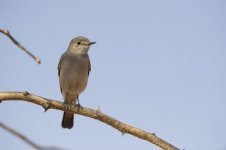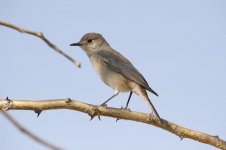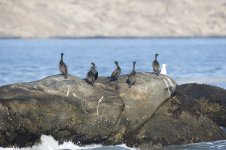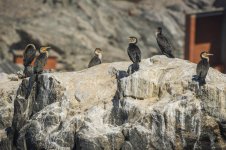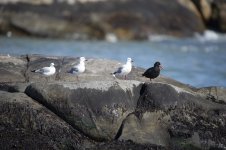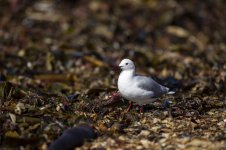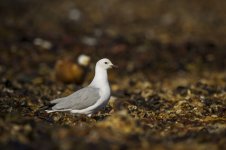Hello! I'm max and during the COVID19 I'm organizing my archive and I decide to edit old photos. I hope to find the name of this birds!
Thanks so much for help!!
LOCATION: ETOSHA NAMIBIA
Some pics are not edited, I choose the best one to ask help!
In attachment there's a pdf, I hope it's the right way!
thanks!!!
Max
Thanks so much for help!!
LOCATION: ETOSHA NAMIBIA
Some pics are not edited, I choose the best one to ask help!
In attachment there's a pdf, I hope it's the right way!
thanks!!!
Max




